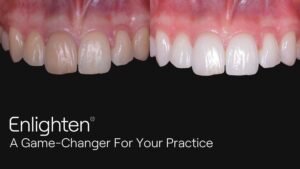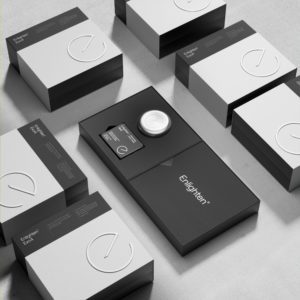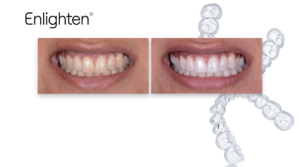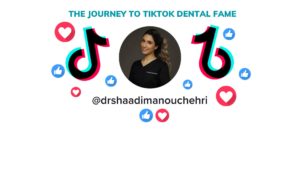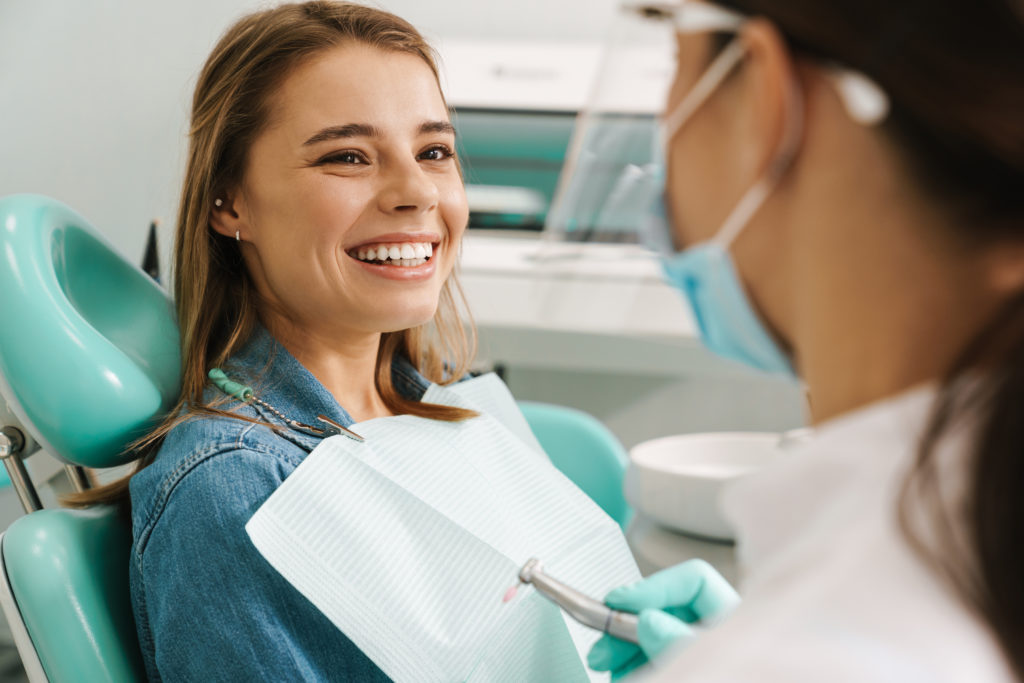Happy Patients, Happy Practice
Dr. Elaine Mo explains the importance of communication and pleasant patient experience in developing long - term relationships with your patients.
Dr. Elaine Mo, a general practitioner and a member of the Joint Dental Faculties of Royal College of Surgeons England, has joined our Dental Leaders Podcast in sharing her journey. Dr. Elaine explains what she has learned running a restaurant business and how she has applied it in the dental field. More specifically, Dr. Elaine gets into how she uses her communication skills to establish a relationship with a patient.
Prav Solanki: Can you draw some parallels from what you learned growing up in the restaurant business industry, family business and how that’s helped you become a better dentist today?
Elaine Mo: I think it’s definitely moulded, not particularity as a dentist but as a person in general. It’s all about service at a restaurant, it’s the same as a patient journey and at the end of the day, you are making customers feel special just as you make your patients feel special.
For me, if I go in a restaurant, they can have the most amazing food. Just like a dentist can do the most amazing filling but at the end of the day, it’s a filling. The food is food and actually what moulds it is the experience itself.
Prav: Very true.
Elaine: And you know what? At the end of the day, for my patients, there are a lot of dentists out there who, even though we’re at the same level, we can provide the same filling but what makes it different is asking the patient how they are, their family, making them feel at home and actually being a person rather than your dentist and being someone that you can actually talk to.
Payman Langroudi: One big difference is, in a restaurant you can see the food, taste the food. Often the patient has no idea what’s going on in their own mouth.
Elaine: No. They really don’t know. I think this is why photography… people say, “Take photos, protect yourself against you getting sued.” Actually no, the most important [part of photography] for me, is patient education. Because if you take pictures of different steps, show them exactly what you’re doing, even if it’s not the proudest filing you’ve done, you’re willing to show the patient, which to them means, “Oh wow, if she’s taking pictures then it must be good enough to show people which means that it must be at a certain level”.
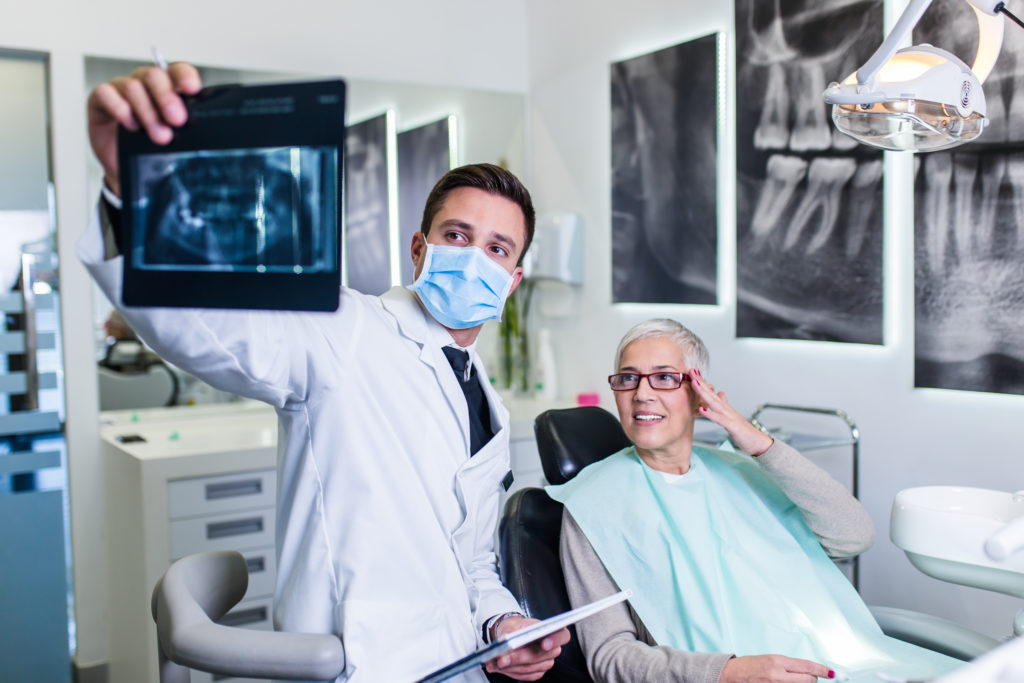
Prav: What’s the biggest clinical mistake you’ve ever made and what did you learn from it?
Elaine: There’s been quite a few. I think everyone would be lying if we said that we didn’t make mistakes. You know what? I’ve got to put my hand up and say, “You know, a few years ago I may have drilled the wrong tooth.” But you know what? Explain to the patient and if you got that good rapport they will understand.
What makes it different is making them feel at home and actually being a person rather than your dentist
Payman: Was it a left and right issue?
Elaine: Yes, it was because the x-ray was flipped wrong and I just didn’t check and that was my fault. But this comes back to how you and your patient get on. Put your hand up and say: “I’m so sorry, this is what’s happened. I take full responsibility.” But the thing is, if patient’s like you and you treated them with respect in the past and honesty, it doesn’t go anywhere.
Payman: So, what happened, they just let it go?
Elaine: They were like, “Oh yeah, don’t worry about it. Things happen.”
Payman: How much had you drilled before you realised?
Elaine: It was literally not much. I was like, “Where is it?” But the thing that saves you is how you’ve treated that patient in the past, isn’t that right?
Prav: The relationship, yeah.
Elaine: If someone did the mistake for me, if I really liked them, I still wouldn’t sue them. I wouldn’t, you just don’t sue people that you like. It just doesn’t work.
Payman: No, me either.
Elaine: For me, my motto to my nurses as well as when patients get angry or kick off at you is: just smile. No one can shout at a smiling face. That’s it. You can’t. Even if their having a go at you, just smile and no one can say anything. No one can be mean to a smiling face.
When patients get angry or kick off at you is: just smile. No one can shout at a smiling face
Prav: Can you just cast me back to that moment when it [your clinical mistake] happened?
Elaine: Panic. This is when you look at your nurse and you think, “Jesus.” The nurse is like, “What’s wrong?” And then it’s like a little nudge on the side and you’re like, “Well…” But then at the end of the day, you have to repair, fill it back up and actually say to the patient, “I’ve drilled into this tooth and I can’t see what it is and I’ve just realised what the mistake is. I’m really sorry, didn’t check this fully beforehand.”
And you know what? Honesty is actually the best policy. If you try to hide that, you will dig yourself in a well and you cannot get out of that.
Payman: You’re in a much bigger hole.
Elaine: Much bigger hole. The trust that patient has is gone because you’ve lied to them. If you’re honest with them, that trust is maintained and shows your integrity. You will get the odd patients who will try and milk that but a lot of people out there are actually nice people. They’re not out there to get you.
If you’re honest with the patients, that trust is maintained and shows your integrity
Payman: I don’t want to get on a pedestal, you know my high horse or anything but at the end of the day, if we’re saying we’re professionals, that is the moment professionalism comes in.
Elaine: The problem is now is people get panicky too easily and the main thing is just to stay calm and don’t get flustered because when you get flustered, you make the patient feel like it’s a bigger deal than it is. If you’re able to stay calm and go, “You know what, this does happen. I’m really sorry it happened to you. It’s not common, it’s just a mistake.” It’s very calm.
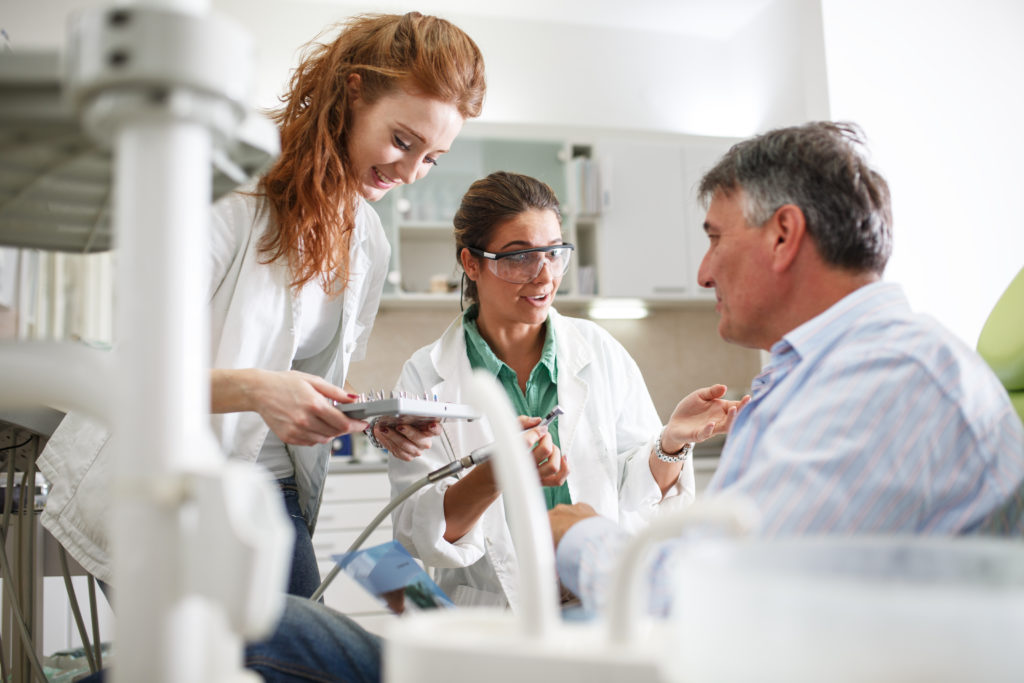
Payman: It’s interesting how quickly you came up… because me and Prav were talking about that Black Box Thinking, do you know about that?
Elaine: Yes.
Payman: For anyone who doesn’t know about it, is when a plane crashes they look at the black box. And then they don’t blame anyone, they try to learn from the crash and make everyone understand what the learning outcomes are. But in medicine it’s always a big cover up and no one’s taking the blame. Blame is actually the problem.
Payman: So I was telling Prav about a clinical left and right incident I had and how every dentist has got one or two like that.
Elaine: They’ve be lying if they didn’t.
Payman: But what a great learning resource because for me, it was always check the left and right are correct, the nurses marked it correctly. If everyone in this room said, “Here’s my black box story.” We would learn so much. But when we thought about it, we said, “It’s never going to happen.” Without it being anonymous, no one will say it.
Elaine: It’s interesting. After that happened I was a bit like, “Oh my God, what do I do?” So, I addressed it at a practise meeting because we go through mishaps and how we can change it. Then we ended up saying, “Actually no, dentist’s will check all the x-rays. Nurses won’t upload them. Dentists will save them to make sure”.
Payman: You actually did the black box.
Prav: That’s great.
Payman: I love it.
Elaine: I actually sent an email back to the patient and go, “So I’m really sorry that happened. To ensure that, I’ve actually taken to minimise it and this is what we’ve done.” And I sent a thank you email. I said, “Thank you for helping us to improve what we can and for helping to prevent this happening again.” They felt that they had done something. Thus, if in doubt, if anything bad happens, thank the patient afterwards for doing something that will prevent it happening to other people because they feel like they did something positive.
If anything bad happens, thank the patient afterwards for doing something that will prevent it happening to other people
Elaine: For me, although I can get my clinical at work up, I like my focus to be on actually the patient and the actual care.
Payman: The communication hack is really benefitting you, yeah?
Elaine: I think that is more important than anything because I think the problem that we get now is there are so many clinical courses out there which people just dive on. But how popular are these, you know communication and personal development courses? You don’t see people jumping on to them, like they do a little composite course.
The thing is, that’s where I think we need to change the mentality because at the end of the day if you screw up, that’s going to save you. If you can’t find patients, that’s what’s going to get people in your chair and everything stems from that.
Prav: I know a few dentists who just recently are qualified and they’d love to be where you are at that stage in their career and if you could give them your top three tips to your younger you. What advice would you give them?
Elaine:
- Take very opportunity and meet as many people as you can. Although some people you might feel, “Oh no, they’re young or whatever.” No matter who you’ve meet, you’ll learn something from them.
- Don’t give up. I know that there’s a lot of negativity and job issues and things that people have nowadays which we see but you know what? If it’s not right for you, leave. There’s always somewhere better. There’s plenty of places out there and perseverance is key.
- Three is believe in yourself and for me, personal development and developing yourself as a person is what will change everything.
Prav: I love that. Personal development is so huge to me that the last two years I’ve invested so much time and money into it. And I so believe in that.
Elaine: It’s so interesting because I don’t think people realise the importance of it and once you’ve got the knack of it, you realize actually it changes the clinical side. Even though you haven’t change anything clinically, it changes everything that you do and it will bring you so much more content and confidence in your life.
If you want to listen to that episode of the podcast, click here
› DIG DEEPER ‹

» eBooks
Read up on the 6 tips that will perfect your anterior resin restorations here.
And to discover how you can achieve the aesthetic results you want when doing a single veneer with a single shade of composite, click here.
» Websites
If you want to learn more about the 2-day hands-on anterior composite masterclass with Dr Dipesh Parmar, click here.

» Training
To become an Enlighten Whitening Expert and get CPD certified for free hit the button below to take our hour-long online training.
» eBooks
Learn how to dramatically increase the number of whitening treatments you do here.
» Websites
Or if you’re interested in knowing more about the Enlighten Teeth Whitening System, then give it a click right here.
» Podcast
Learn how to emulate the success of the movers and shakers in the dental industry from their own mouths, featuring the nuggets of knowledge from likes of Simon Chard, Andrew Moore, Tif Qureshi, Mark Hughes and many more.




